G.V. Sreekumar is Professor and former Head of IDC School of Design at IIT Bombay and his specialisations include Typography, Calligraphy, Publication Design, Information Graphics, Design Pedagogy, and Visual Semantics. Prof. Sreekumar studied Applied Art at M.S. University, Baroda, and Visual Communication at IDC, IIT Bombay. Since the year 2000, he has been a faculty member at IDC, IIT Bombay as well as a design consultant with many corporate houses.
Prof. Sreekumar is also a visiting faculty member at several renowned institutes including National Institute of Design (NID), IIT Guwahati, IIT Hyderabad, the Faculty of Fine Arts, M.S. University, Vadodara, Delhi Technological University, MIT Pune, IIIT Jabalpur etc. He worked as an art director, illustrator, and information graphics designer before joining IIT Bombay. A keen reader, he talks to us about his favourite books and authors, and the specific importance of design and typography in the context of a book’s readability.
What kind of books do you enjoy reading? What are you currently reading?
I enjoy reading books on spirituality, Indian thoughts and traditions, design, aviation and sports. Reading books and observing everything from the design standpoint keeps a design educator current and well-informed. Among books on design, I tend to read more on communication design, typography, calligraphy, interface, information graphics and experience design. I also listen to talks on various fields, ranging from humanities to music.
I am reading two books at the moment. While You’re Reading by Gerard Unger and Upanishad (Vol.1) by Sri Sri Ravi Shankar. While You’re Reading is a book on typography in which Unger discusses the role of typography in reading, communication of information and font design principles. Unger is one of the greatest font designers and typographers in our history. Being an admirer of his fonts – especially the fonts, Swift and Gulliver – I love the way he discusses the scientific aspects of typographical application in various aspects of life.
In the book Upanishad (Vol.1), Sri Sri Ravishankar ji gives a commentary on Ishavasya, Kena, Katha and Yogasara Upanishads. I was reading up on Upanishads by several great writers but what sets this apart is Gurudev’s beautiful method of explaining profound truths in simple, down-to-earth language and a style that is easy on the eye. He gives wonderful examples from our everyday life to explain complex concepts. It is really a great experience reading this book. I am a huge fan of Sri Sri Ravishankar ji.
Any favourite authors? Indian authors?
Sri Sri Ravi Shankar, Devdutt Pattanaik, Sanjeev Sanyal, Sahana Singh, Charles Correa, Francois Gautier, Gerard Unger and Fiona Ross. Apart from these, I love reading Malayalam books written by my late father, G Vivekanandan. He was extremely perceptive and had a unique style of narrating situations from different viewpoints. His novels were grounded and his approach to his subjects was down-to-earth. His characters spoke in the local Malayalam dialects. In Malayalam, my favourite authors include Pembadavam Sreedharan, M.T. Vasudevan Nair, Vayalar Ramavarma, K. Surendran, N. Mohanan, Uroob and Karoor Neelakanta Pillai, to name a few.
What are your earliest memories of books and reading?
I was brought up in a home that was literature-conscious. My father being a well-known writer himself, a large room was dedicated as the library. It was always overflowing with books. Many great writers and authors of the time frequented our home. So the atmosphere at home was all about books, their subjects and their characters. During my childhood, I spent most of my day in the huge library room. It became my study-cum-bedroom. Apart from the visual delight of looking at a book, the feel of paper, the smell of freshly printed pages and ink, and the colour and texture of each book made reading a multi-sensory experience. There was a wonderful book called A Manual of Physics, which helped me a lot in understanding difficult concepts from my primary school right up to graduation. It was a British book and had a peculiar smell. There was a time when I knew the location of each and every book in the library!
I am a bit possessive about books and, hence, am uncomfortable if books borrowed from me don’t find their way back into their space.
How important are a book’s cover design and typography? Do you think these two elements also play a role in determining how popular a book becomes?
I feel that both – the cover design and typography – are important. Cover design plays a very important role in the buyer’s decision to shift from ‘browse’ to ‘purchase.’ A good cover establishes a good impression about the book, much the same way a movie poster or food packaging does for their respective products. But the typography for the content of the book – the actual typesetting of a book – is extremely important. I have quite a few books I bought with lots of enthusiasm, but couldn’t read more than ten pages due to bad typography. One fine example is the popular book, Man’s Search for Meaning by Viktor Frankl. It is a wonderful book, totally spoiled by bad typography. The point size is so small and the x-height of the body text font is also relatively short. Because it is a struggle to read this book, I am planning to buy the Kindle version.
Tell us a bit about the IDC library? What are the 5 books that are essential reading for all industrial design students?
IDC-School of Design is one of the several departments in IIT Bombay. As there is already a large central library in IIT with books on almost all subjects, our department library is a smaller one, with design books mainly received as donations from alumni and other designers. We also have a large number of project reports by students kept in the IDC-SC library. There are two types of items in the department library: Items that can be issued to all students, faculty and Staff, and reference-only materials, which are issued only to faculty members. Student project reports are not issued to anyone.
IDC-SD offers master’s programmes in five subjects: Communication Design, Industrial Design, Interaction Design, Animation Film Design, Mobility and Vehicle Design. Each course calls for reading different books. I teach primarily Communication Design. If you ask me to recommend five general books for all design students, these would be Universal Principles of Design, by William Lidwell, Kritina Holden and Jill Butler, The Design of Everyday Things, by Don Norman, Thinking Design, by S. Balaram, Drawing on the Right Side of the Brain: The Definitive, by Betty Edwards, and Design by Nature: Using Universal Forms and Principles in Design, by Maggie Macnab
Do you ever think of writing a book on teaching design and your two decades at IDC?
I am keen to write two books. One on typography, for aspiring designers, and a book for all design students about life beyond the world of design, handling pressure and learning to learn. Hopefully, I will do both one day. It feels so bad to see students feeling harassed by the pressure from all sides, which can stunt their ability to think on their own. There is too much parental, peer and societal pressure on them to make money. However, there is no pressure on them to learn design! Society makes them worthy of approval and appreciation only on the basis of their placement and compensation package. It does not care for their design talent. Students show promise but need the right kind of support at this age to flower and grow on their own.
Ever tried eBooks and Kindle? What is your take on these?
I tried everything available as of today. I prefer holding a book in my hand to read. No technology can substitute the joy of reading a book offline. At the same time, we have to accept what is not in our control. Technological explosion and saturation has destroyed our ability to read or study large amounts of information in a book, assimilate and analyse it, and distil its essence. That kind of exercise needs focussed attention, interest in the subject and patience. However, all of us today, including our generation, are comfortable only with Twitter-format information. I suspect we will soon see the emergence of a ‘Twitterature machine’ that will furnish the essence of a book in byte-sized capsules of 50 words each! That is it. AI sites are already servicing reading, processing and writing demands. Nobody needs to take that trouble any more. Ergo, no room for Kindle either. Reading books will write itself into history!
The problem is the proliferation of apps and media interfaces – Whatsapp, Facebook, Instagram, Telegram, Signal, Tiktok etc., leading to information overload. I guess we never anticipated the damage interactive and social media has done. As I write answers to all your questions, I realise and feel happy that I have not used any of these apps for one hour!
Prof. Sreekumar has mentored generations of design students, including the prodigiously talented Prof. D. Udaya Kumar (IIT Guwahati), designer of the Indian rupee sign (₹) and Prof. Girish Dalvi (IIT Bombay), who designed the Ek Devanagari, Ek Latin, and Ek Mukta fonts. Prof. Sreekumar is considered an expert not only in the fields of Design and Design Education, but also in the new field he created at IDC, IIT Bombay, which is Human Human Interaction (H-H-I), which focuses on the humanitarian aspects of everyday life. We thank him for taking the time to speak to BooksFirst.in

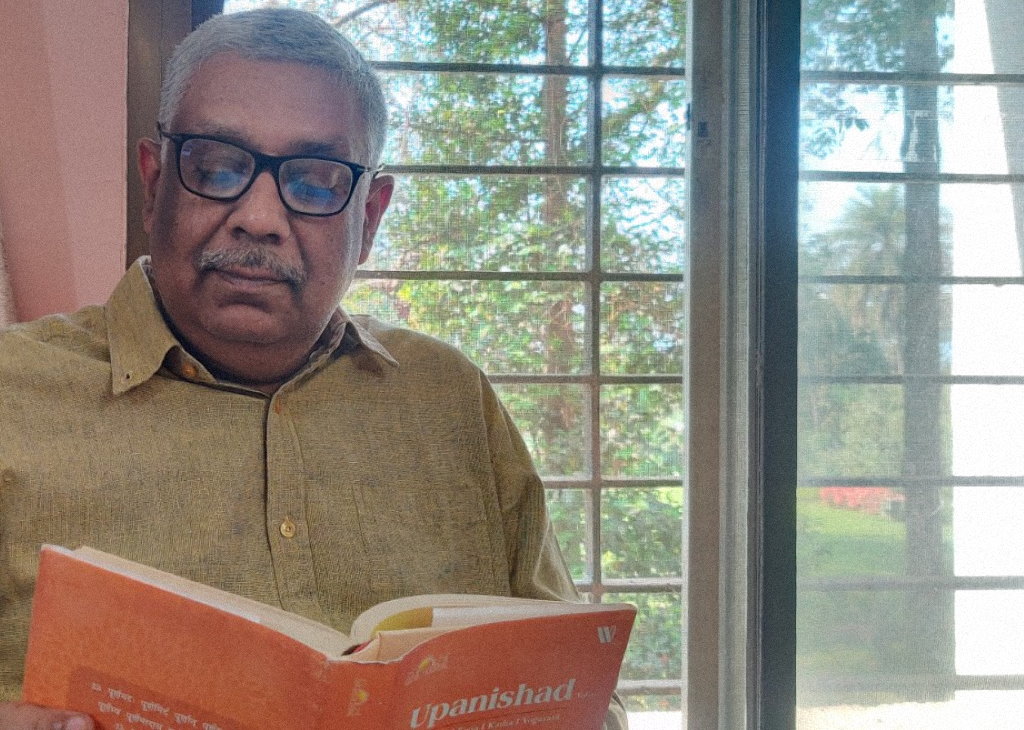
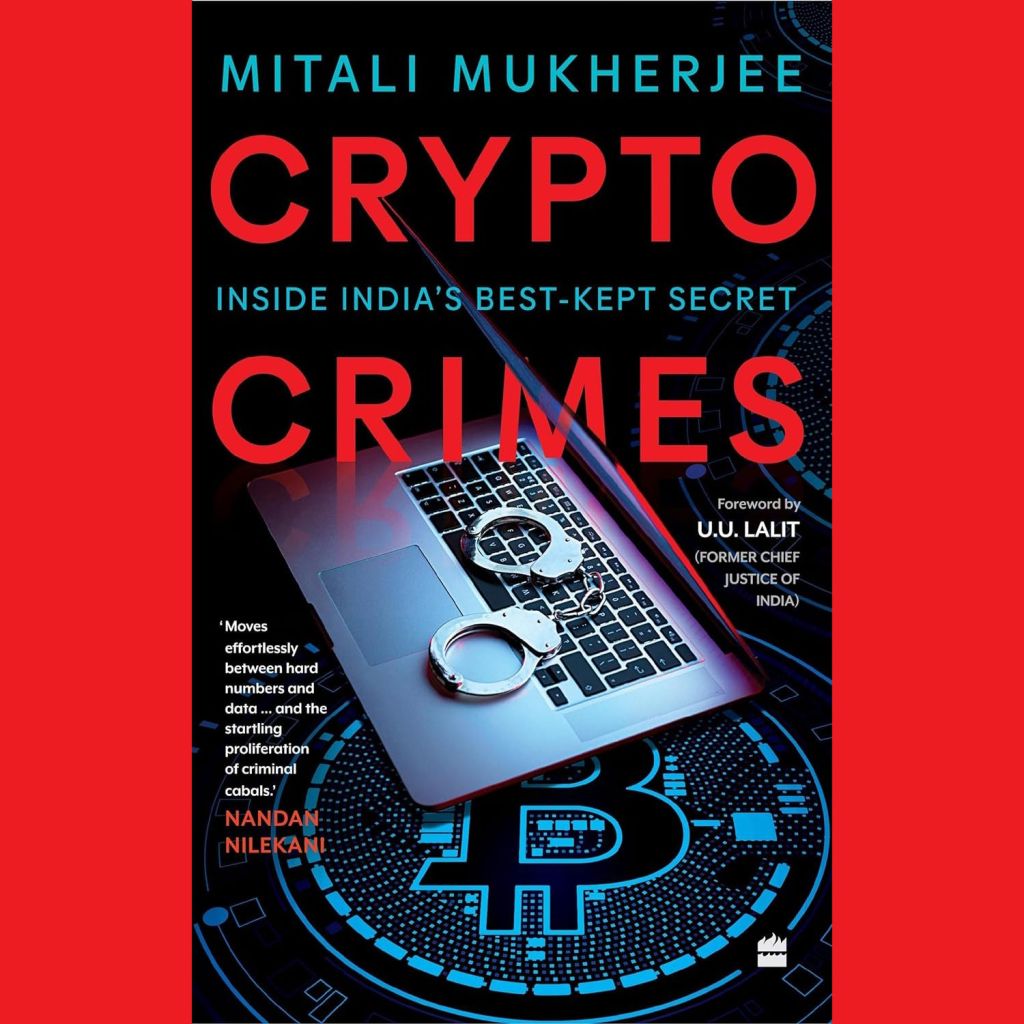




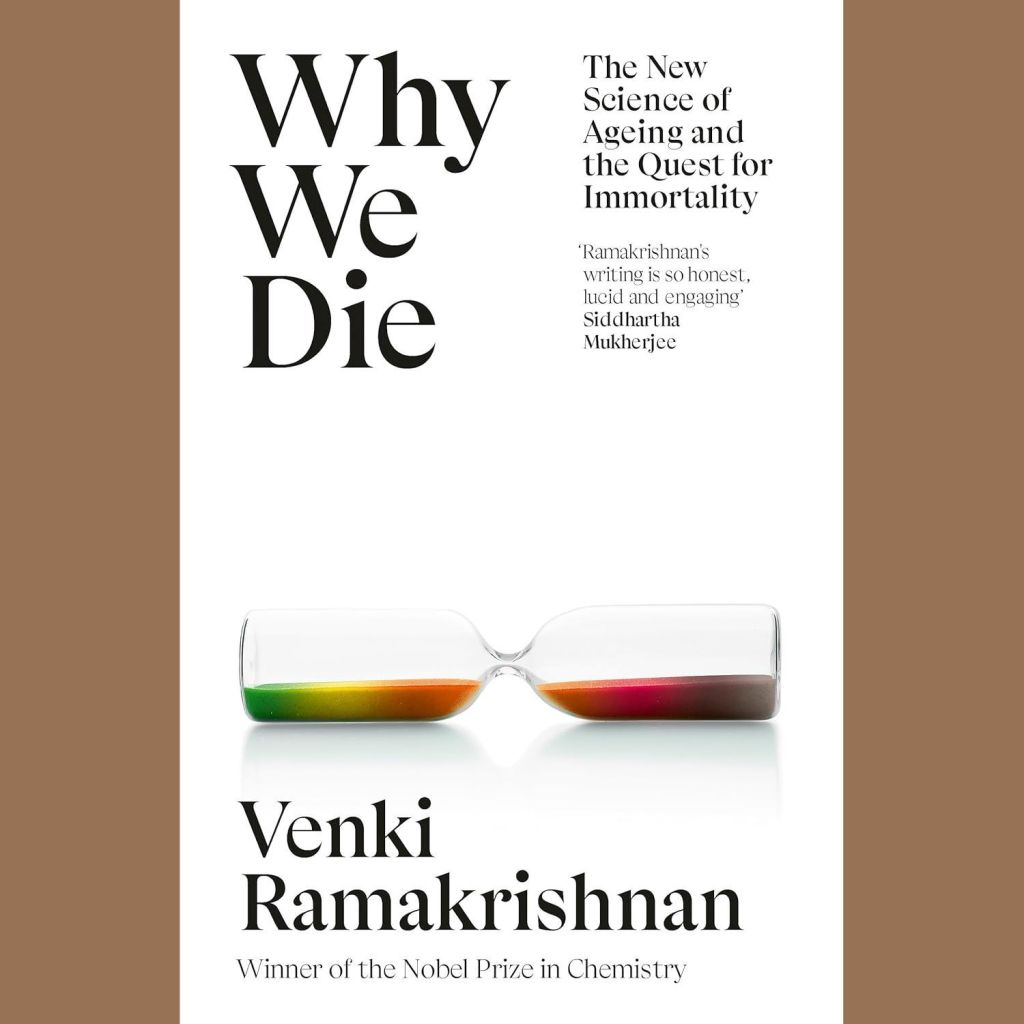

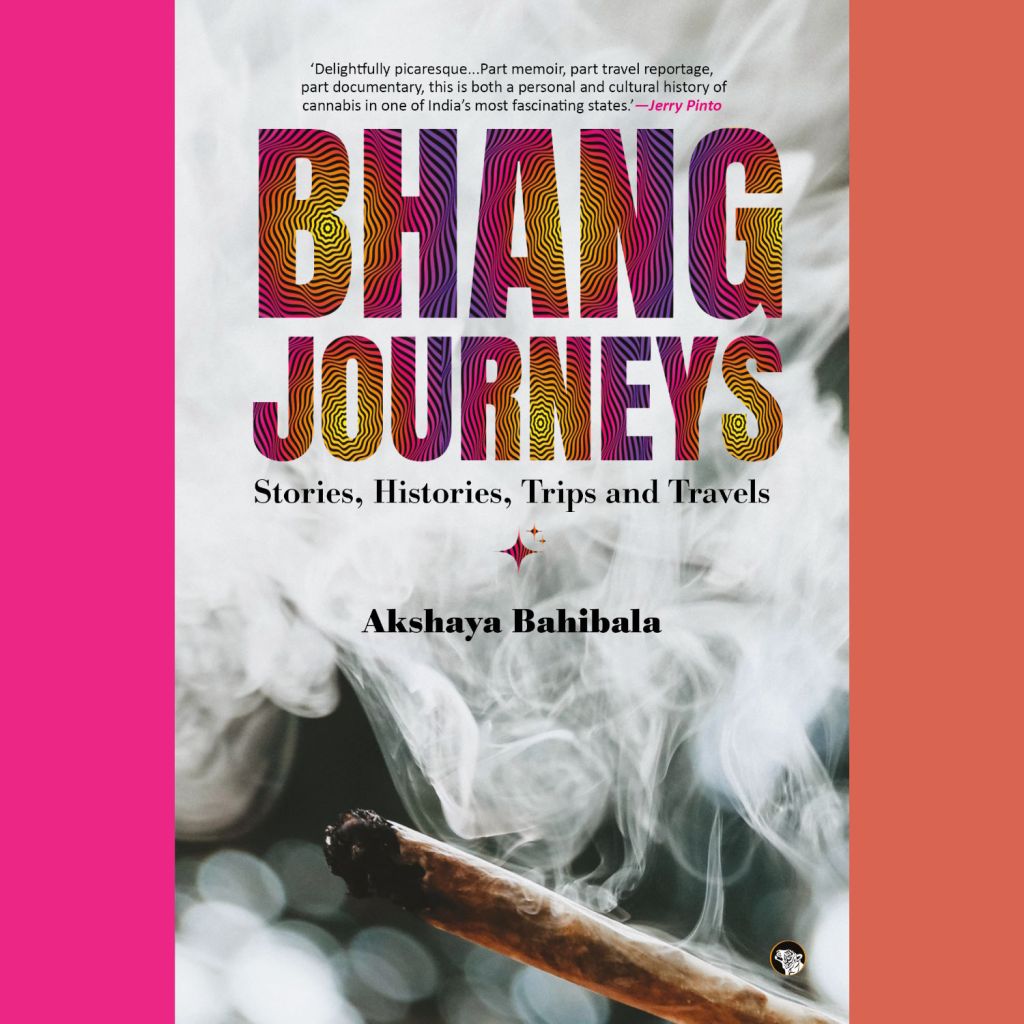
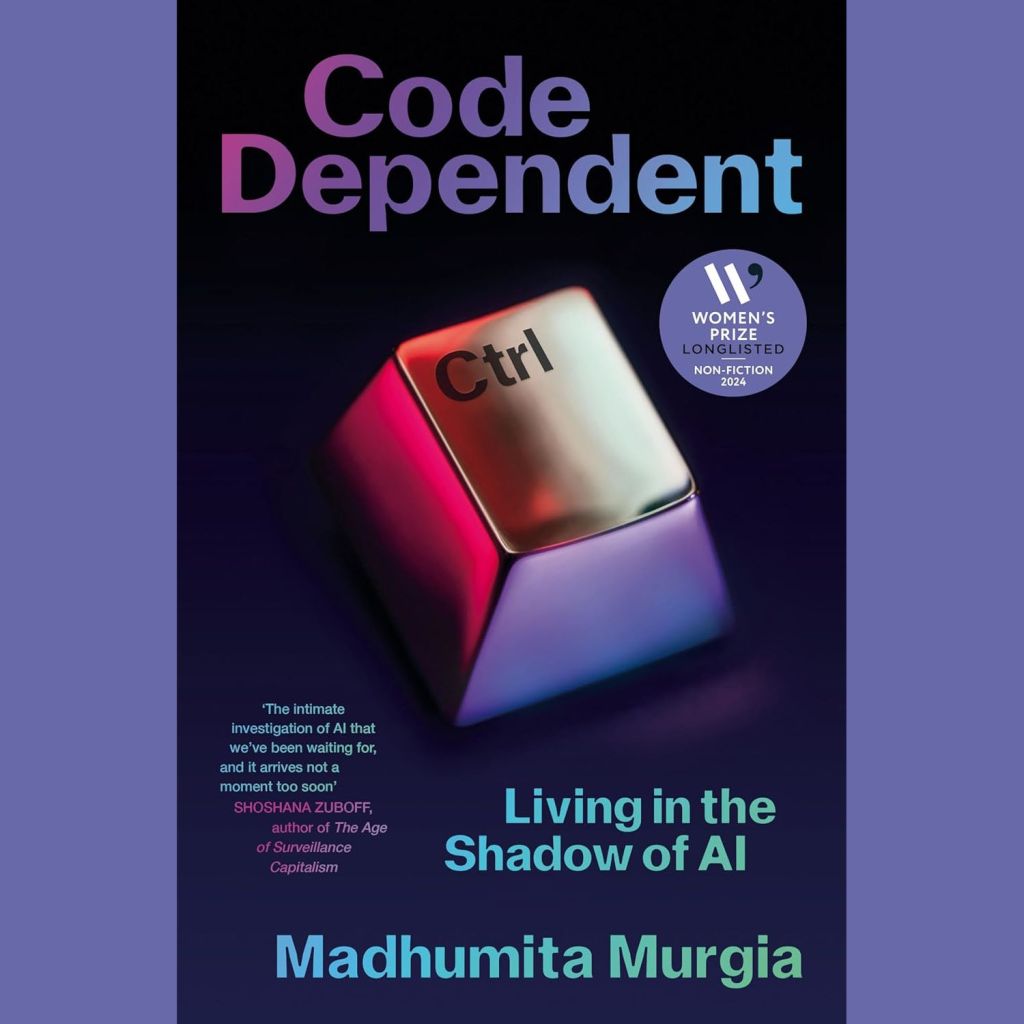

One response to “Reading By Design: Professor G.V. Sreekumar”
Very interesting article. Lots of familar writers too. Thanks for this article
LikeLike